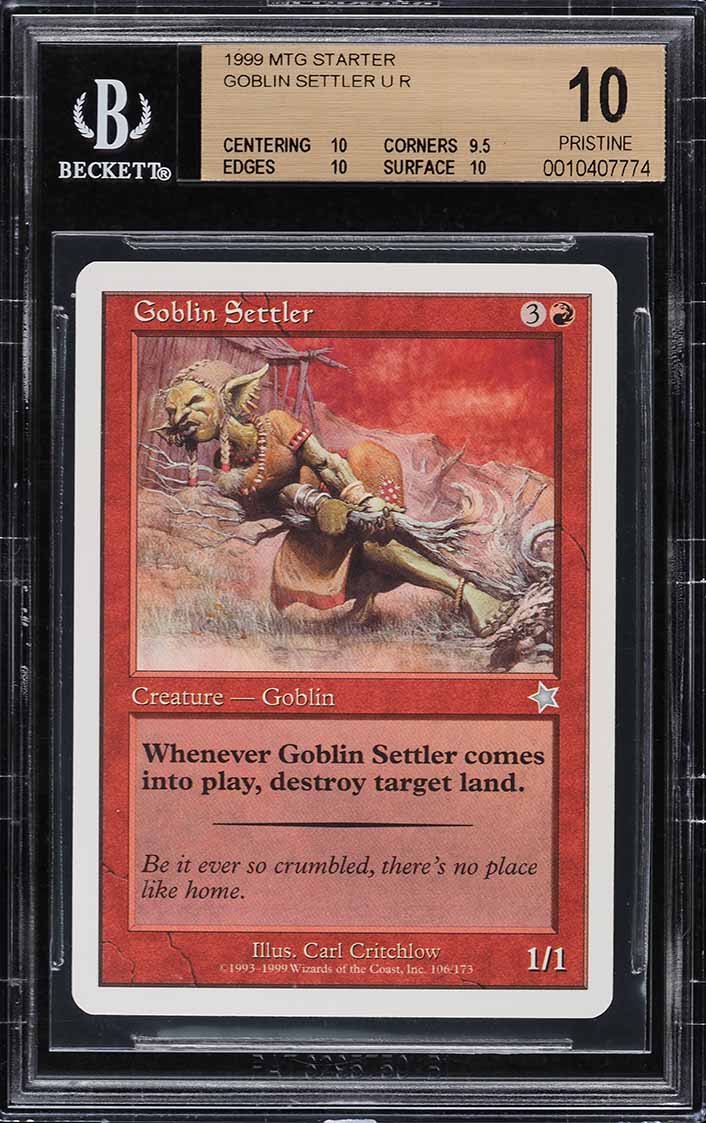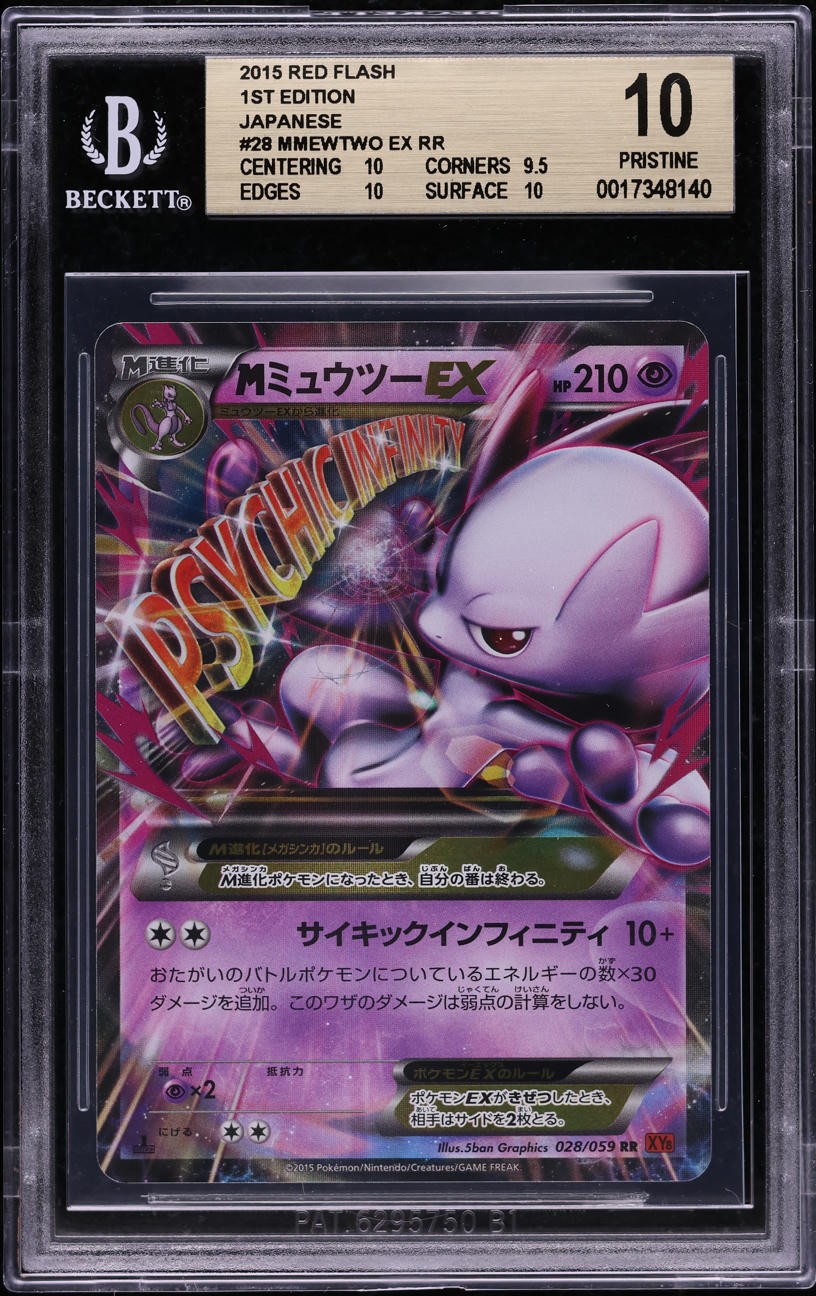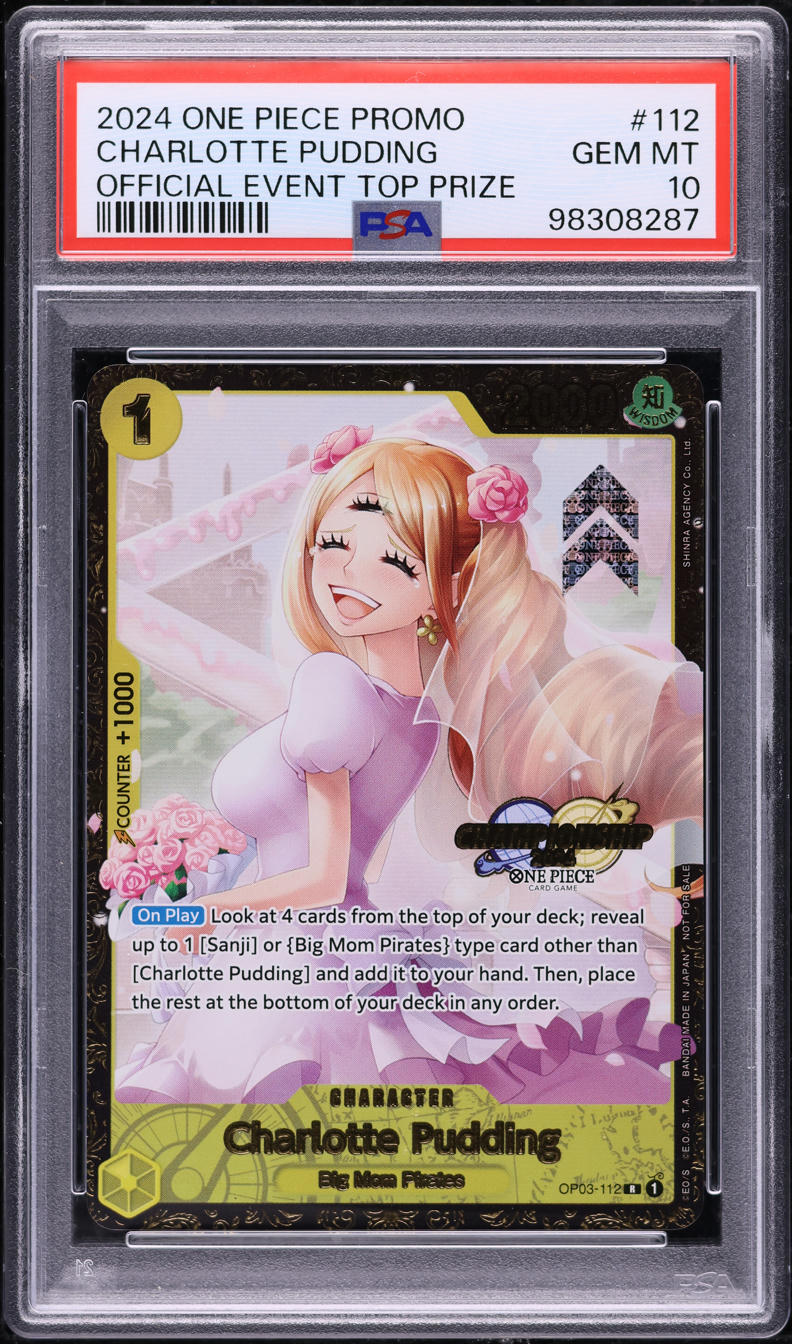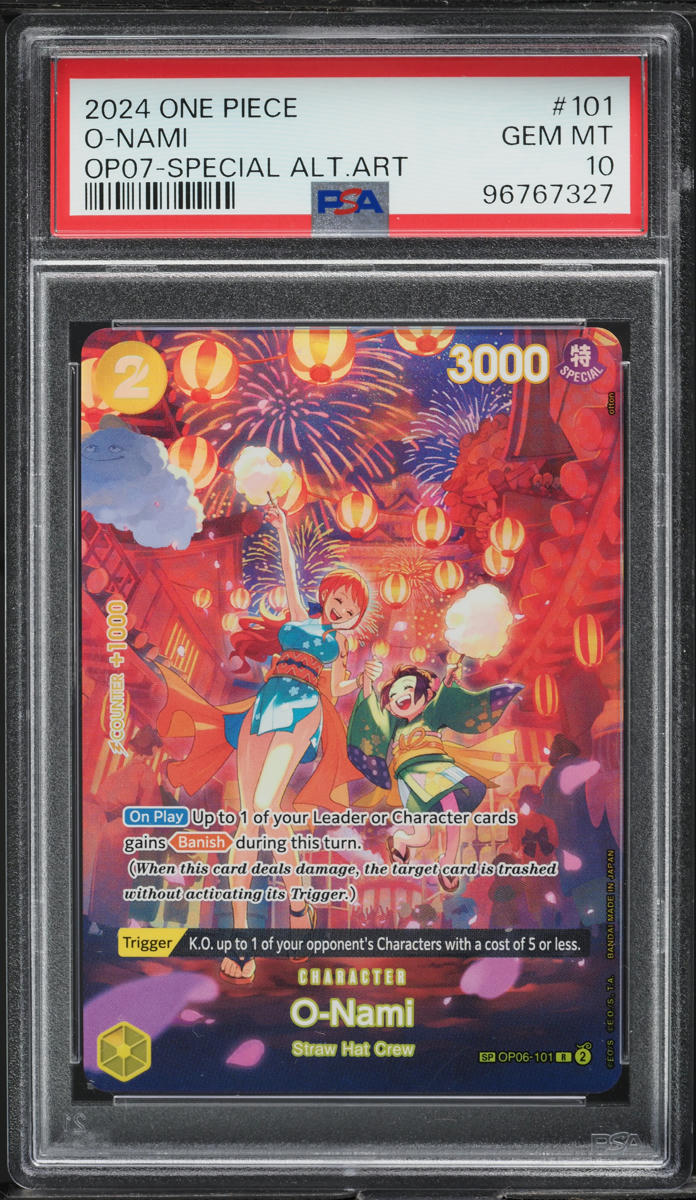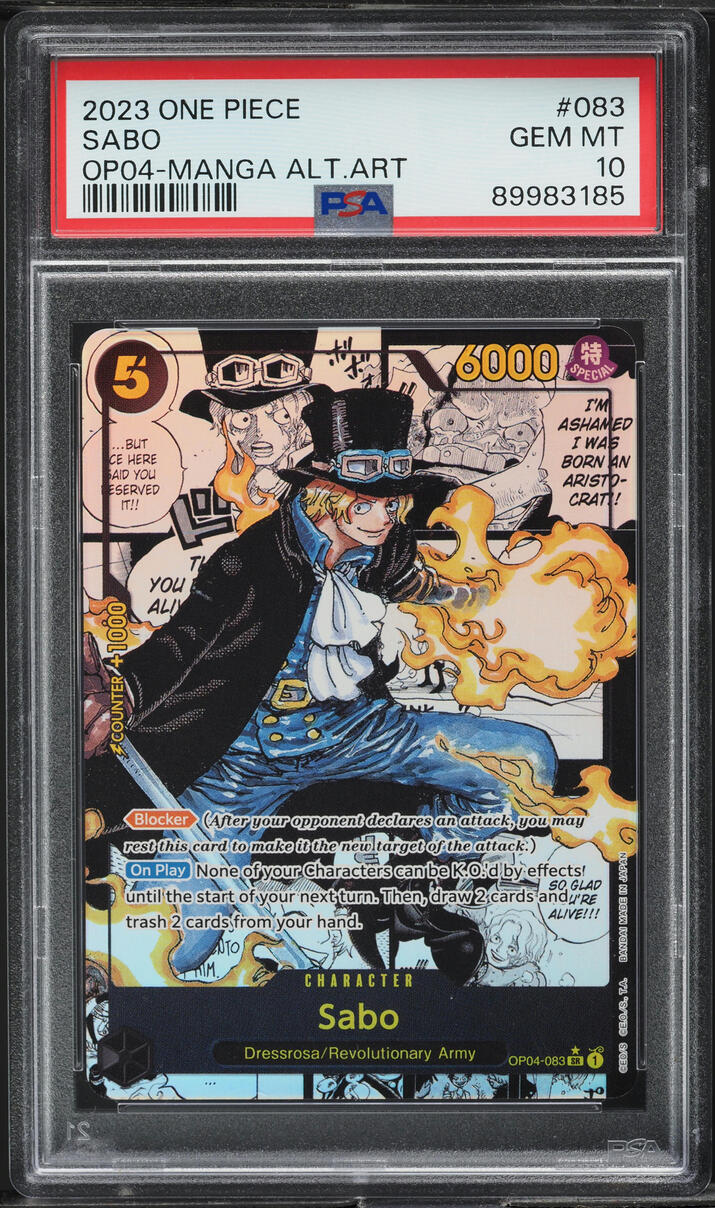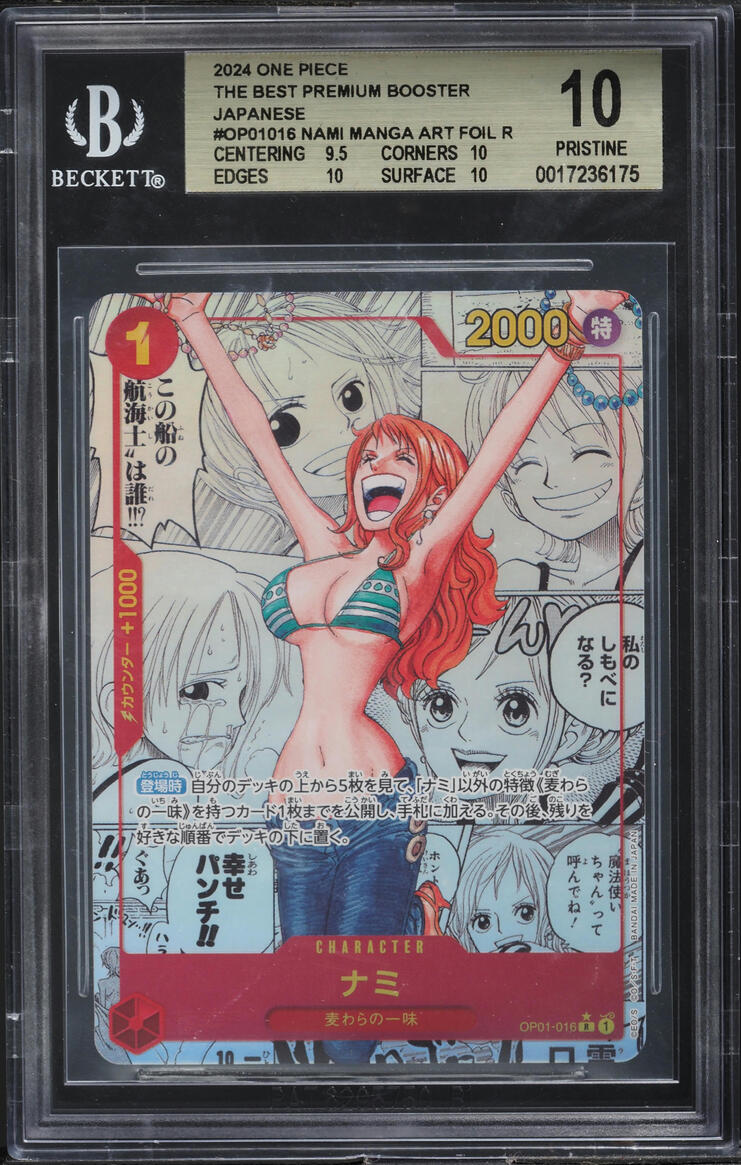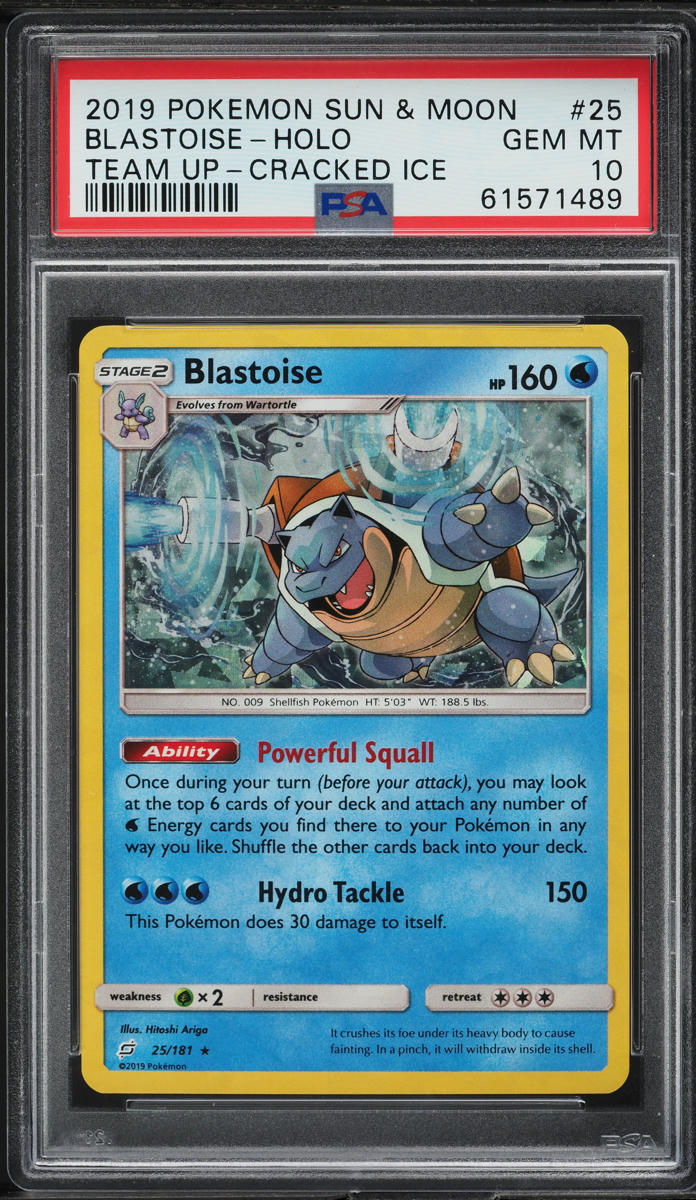
The Journey of Card Collecting
Not long ago, card collecting was a simple hobby. Kids would trade baseball cards in schoolyards, preserving memories in shoe boxes and bike-spoke collections. But today, it's transformed into a sophisticated investment market where a single card can be worth millions, and its value hinges on a almost scientific assessment of its condition.
The story of modern card collecting begins in the early 1990s when Professional Sports Authenticator (PSA) revolutionized how we look at trading cards. Before PSA, determining a card's value was more art than science. A collector might say, "This looks pretty good," but there was no standardized way to truly evaluate a card's condition.
The Rise of Professional Grading
PSA changed everything by introducing a precise 1-10 grading scale. Suddenly, collectors could have an objective measure of a card's quality. A card graded 10 wasn't just "nice" - it was perfect. This breakthrough transformed card collecting from a casual hobby into a serious investment strategy.
Beckett Grading Services (BGS) entered the scene with an even more meticulous approach. Where PSA used a single overall grade, BGS introduced sub-grades that examined every microscopic detail of a card. They look at centering, corners, edges, and surface with a level of scrutiny that would make a jeweler proud.
The Holy Grail: BGS Black Label
Enter the BGS Black Label - the ultimate badge of card perfection. Less than one-tenth of a percent of submitted cards ever achieve this status. We're talking about cards so flawless that even the most minute imperfection - a microscopic print line, a nearly invisible edge wear - will disqualify it.
To understand how rare these are, consider this: most collectors dream of getting a card graded 9.5 or 10. But a Black Label? That's like finding a unicorn. It represents absolute, unquestionable perfection.
The Real-World Value of Perfection
The price difference is staggering. Take a popular Pokémon Charizard card as an example. A PSA 10 might sell for $5,000 to $7,000. A BGS 9.5? Perhaps $6,000 to $8,000. But a BGS Black Label? We're talking $15,000 to $25,000 - and sometimes even more.
The same holds true across different sports and collectible cards. A modern basketball rookie card might jump from a $5,000 PSA 10 to a $20,000 BGS Black Label. Vintage baseball cards can see even more dramatic increases, with Black Label cards potentially reaching $50,000 or more.
Why Collectors Go Crazy for Black Labels
It's more than just investment value. A Black Label is a badge of honor, a testament to a card's absolute perfection. Collectors see these as museum-quality pieces, the equivalent of a flawless diamond in the world of trading cards.
The process is incredibly rigorous. Graders use high-powered magnification to examine every microscopic detail. They're looking for:
- Perfectly centered printing
- Sharp, unblemished corners
- Immaculate edges
- A surface without a single print defect or handling mark
The Future of Card Collecting
As technology advances, so does card grading. We're seeing increased use of AI and machine learning in authentication. Digital methods are becoming more sophisticated. What started as a simple hobby has become a serious intersection of nostalgia, art, and investment.
A Word of Caution
For those dreaming of a Black Label, temper your expectations. The vast majority of cards - even those that look perfect to the naked eye - will fall short. It's a pursuit of absolute perfection, where the difference between greatness and legendary status is smaller than a human hair.
Whether you're a serious collector or just someone fascinated by the world of trading cards, BGS Black Label represents the pinnacle of collecting. It's a reminder that in the world of collectibles, true perfection is rare, valuable, and absolutely breathtaking.
So the next time you look at a trading card, remember - you might be holding more than just a piece of cardboard. You could be holding a tiny piece of history, preserved in absolutely perfect condition.
 Trending
Trending
